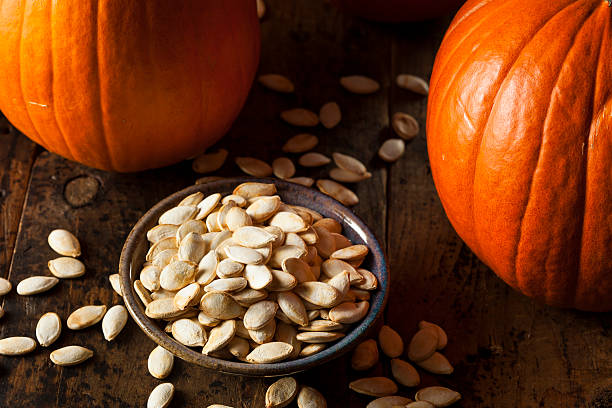What Do the Teal Pumpkins Mean on Halloween??

With Halloween approaching, you’re guaranteed to spot plenty of orange pumpkins on porches all around the neighborhood. But what if you see a teal pumpkin? What does it mean? These teal pumpkins have a purpose and are much more than décor. The Teal Pumpkin Project makes trick-or-treating for children with food allergies safer and less stressful. When you place a teal pumpkin on your porch or doorstep, it signifies that you offer non-food treats to trick-or-treaters on Halloween. We all know Halloween can be EXTRA spooky for the 1 in 13 children with food allergies. It can be especially stressful for the parents of children with food allergies because they have to deal with dodging certain candies, sorting through their child’s stash, and removing unsafe treats. The Teal Pumpkin Project makes it easier for these parents and children to find houses that provide non-food items. These non-food items can include small toys like stickers, glowsticks, bracelets, and more. The Teal Pumpkin Pro...

.png)
.png)

